Frugal Living in the 1940s: 19 Money-Saving Tips

Today I'm going over the extremely frugal things that housewives, living in the 1940s, did during World War II to save money. I found this article on The Frugal Navy Wife. Do we do these things today? Can we implement them to save money?
1. Stretch meals using cheap food
Add less expensive calories so that your meat lasts longer. I would love to get better at this, like adding beans or potatoes to our meals. Kids just keep eating and eating, and it gets expensive.
2. Learn to can and preserve food
I don’t have this skill yet, but I do know people who could teach me. I don’t have the setup. I know that a lot of storage and organization is needed, and I’m a bit scared of those glass jars since my one-year-old likes to climb everywhere.
3. Ration food
We kind of do this. We try only to buy fresh veggies once a week, which means we carefully plan what we eat each day, so we don’t run out. That’s a form of rationing, but not on the same level as they had to do during World War II.
4. Make desserts using fruit
I think this is super interesting because fruit is so expensive unless you have a hookup for free fruit. I guess, living in the 1940s, sugar was rare and expensive, but that’s not true anymore.
5. Cut back and spend less
I feel this is a throwaway one. You can always cut back on expenses and save money.
6. Bake your own bread and baked goods
Everything that someone else had to put labor into, costs more. If you need those items for your family, you can save money by making them yourself.
I have celiac disease and gluten-free bread is super expensive. If I could figure out how to make it myself, we could save money in that category, but I wonder if it's so finicky to make gluten-free bread that doesn’t taste like cardboard.
7. Throw more potlucks
This is a meal where everyone contributes a little bit of something. You don’t have to make all the different things, but you still get to eat all the different things. Also, it’s a great way to get together with friends or have a party, without having to spend all that money on food yourself.
8. Invest in a freezer
We totally still do this. We have a chest freezer in the back and we go to Costco once a month, stock up, and buy in bulk. We avoid the single-serve price but still have everything we need. It can also be helpful to have extras if a food shortage does happen, or in case of a natural disaster.
9. Live to enjoy life, don’t live to get things
This quote from the article is pretty interesting, “The housewives of the 1940s would be appalled at how we live today. They lived to enjoy life and weren't wrapped up in staying happy by obtaining material things.”
I spend way too much time thinking about the future, so that makes me not as present with the awesome things that are happening now. I’m really trying to live in the moment, and not think about what will be delivered to my doorstep tomorrow from Amazon.
10. Grow your own food
I am not good at this, but this is such a useful skill. The thing that deters me is the time and effort. Maybe I will do this more when my kids get older. and they can help, instead of destroying things and needing constant attention.
11. Clean and reuse diapers
Disposable diapers weren’t even invented until the 1950s, so everyone living in the 1940s was cloth diapering then. We do cloth diapers and save a lot of money. Even if you have to buy your entire cloth diaper set up brand-new, you still save money.
12. Use food supplies already on hand
Before you go to the store, clear out your pantry and think of clever ways to utilize the last can of beans or the leftover turkey sausage. This can save a lot of money.
13. Learn basic sewing skills
I do have basic sewing skills, and this can save a lot of money, even though clothing is much less expensive, comparatively, than it was living in the 1940s.
I like to buy slightly more expensive clothing that lasts longer, so it’s worthwhile to mend them. Fast-fashion, thin fabric can’t be mended. It has to be thrown away when you are done, which can be disappointing.
14. Use a clothesline
This means hanging your laundry out to dry instead of using a dryer. I’m really curious about how many of you use a clothesline. I don’t. It’s time-consuming for me.
15. Share rides with others
Gas is getting really expensive. You can make a trip to Costco together with friends, so you are getting two grocery trips for the cost of one. We aren’t great about this, but we do use a fuel-efficient car if it’s safe and possible.
16. Be more aware of energy use
This is a great idea, but it makes me a little uncomfortable because I wilt when it’s hot outside.
17. Reuse everything
For example, cutting up an old towel and using it to clean your car. There are more disposable products than there were living in the 1940s. There is a lot of plastic that I don’t have a way to reuse.
18. Homemade cleaning solution
I make my own all-purpose cleaning solution which is a fraction of the cost of buying all those fancy cleaners. I make it with brown mouthwash, vinegar, and dish soap.
We don’t have all the fancy things because it costs money and takes up a lot of space. For our windows, we use a window cloth that cleans with just water.
19. Pass on your frugal knowledge to your children
This just happens naturally, because they are watching what we do.
Frugal living in the 1940s
People living in the 1940s were more frugal, so we have a lot to learn from them. How do you save money today? Let me know in the comments.
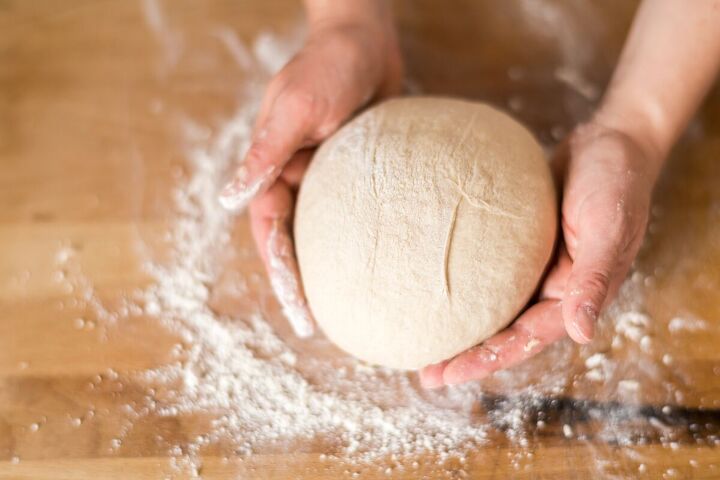










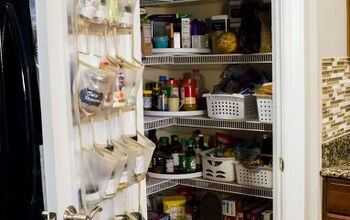

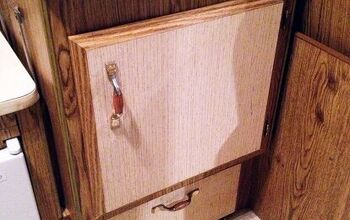
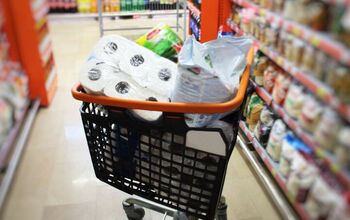

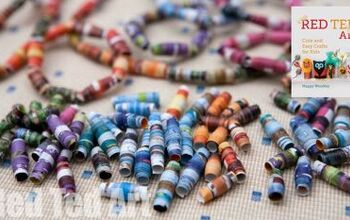
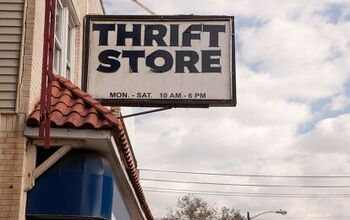



Comments
Join the conversation
(Hope my name won’t show in this… don’t want this to get back to my hubby! LOL ) I’ve found that often generics brands, scratch and dents, and day olds can do just fine. My hubby is a slave to “name brands”… but since I’m the one going grocery shopping I’ve gotten a lot of store brands and just moved them into clean brand name containers. ( He rarely notices the difference.;-D )
I also wash/disinfect plastic ziploc bags. Many times they are reusable, as are large plastic and glass bottles for storage with good lids. Great for holding dry staples like cereal, dried beans, pastas, flour, sugars, and rice. Even dried fruit and baking stuff. Easier to see and organize too. Old plastic foos container bowls, jars and other containers make great seed starter pots. And their lids, if they don’t have air vents, are the drip trays. Fun for children to learn to grow things and learn gardening even in winter. They also work well in storing small sewing notions, buttons, or broken jewelry you can use for crafts.
Your article has a lot of great ideas. And it’s something we all can benefit by. Thank you.
Tightwad Gazette author calculated washing & reusing ziplocs saves 6 cents each! Once they are no longer usable for food, we re-wash & use for game pieces, puzzles, keeping all the parts of craft or sewing projects together, corralling paperwork for tax season, decorations by holiday, greeting cards by occasion, etc.
so many excuses! Maybe see your reluctance to put forth the effort as a learning opportunity- your kids follow your example!